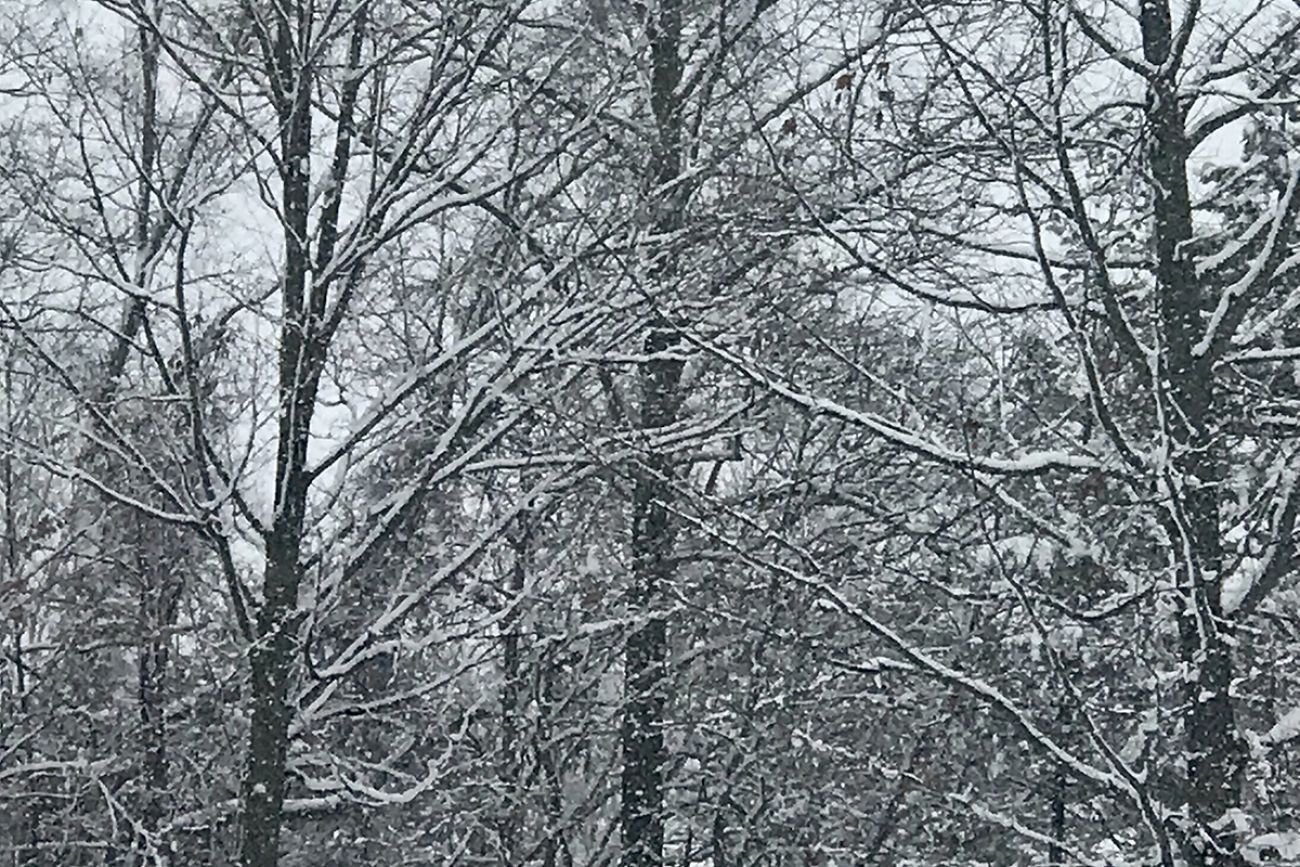Fewer Michigan snow days this winter means more days in classrooms

- Snowfall in southeast Michigan is below average compared to last year
- Which means many school districts are not using as many snow days
- Superintendents say that would mean more instructional days during the school year
Wednesday’s heavy snowfall across west and southeast Michigan resulted in scores of school district closings — a delight for students and a headache for many working parents and families.
But it also underscored the relative absence of disruptive snowfall across lower Michigan so far this winter, which could mean school districts may not use up the six “forgiven” school days (i.e., snow days) they are allotted by the state each school year.
Consider: Normally, by late January, the Westwood Community School District in western Wayne County has had four snow-related closures. But the closure Wednesday marked only the second snow day of the 2022-23 school year.
Related:
- Gretchen Whitmer: Expand Michigan Reconnect program for community college
- Did Johnny write this or a robot? AI chatbots rock Michigan schools
- As Michigan students struggle, report urges fair funding to reverse slide
Dr. Stiles Simmons, the district superintendent, viewed the mild weather as an opportunity, possibly, to cram more days of instruction into the year.
The state, he noted, allows “six forgiven days in case schools have to use them in case of emergency situations. They are not six free days. We have a hard enough time trying to educate our students within the 180 days (required by the state), and to take six days from them could be detrimental to many of them.”
At this point in the calendar last year, metro Detroit received 19 inches of snow, according to the National Weather Service. Before Wednesday, this year’s snowfall stood at 11 inches. Of course, Wednesday made up much of that difference, with parts of southeast and lower Michigan receiving between 4 and 8 inches of snow.
Michigan requires at least 180 days of instruction during the school year, but leaves it to local school districts to decide when to cancel classes. School leaders say they based their decisions on a host of factors, from weather forecasts, to predawn rides around the district, expected windchill, and other circumstances. Working parents want to know as early as possible about whether their kids will be staying home, while some students have become adept at using social media to coax administrators into a snow day.
And it’s not just students. The combination of snowfall and social media seems to bring out the goofball in administrators as well.
In southeast Michigan on Wednesday, many districts including Southfield, Detroit, Dearborn, Bloomfield Hills and West Bloomfield closed. The National Weather Service issued a storm warning for Oakland, Wayne, Macomb, Washtenaw, Huron, Sanilac, St. Clair, Lenawee and Monroe counties.
“What I tend to pay close attention to are the travel conditions,” said Simmons of Westwood. “Given that the majority of our students rely on … school buses, I always have to take into consideration whether or not it's safe to have our school buses on the road. I can’t have students walking to school under those conditions or waiting for a bus stop under those conditions.”
Sometimes other factors can influence the superintendent’s decision to cancel school, like when neighboring districts cancel.
Although snowfall has been below average this season, it is still too early to say how much snow is expected to come in the following months, National Weather Service officials told Bridge Michigan in an email.
In the event that districts don’t use all of their snow days during the winter months, they are encouraged to save them for inclement weather that might occur in the spring and for other emergencies.
Once Zoom became a popular method of virtual learning during the COVID-19 pandemic, some schools reverted back to it and will make a snow day a day of remote instruction instead.
Southfield Public School District canceled all after school activities but held instruction online on Wednesday.
School leaders in the Upper Peninsula generally deal with a lot more snow, but also have districts that cover a lot more geography than districts in more populous, metro areas to the south.
“The weather in one part of the district can be different than the weather in the other part of the district as far as ice goes,” said Louis Steigerwald, superintendent for Norway-Vulcan Area Schools near Iron Mountain.
“If I can’t run buses in part of my district I have to close down,” he said. The buses have to travel all over the district because there is only one building for early childhood education, elementary, middle and high school.
If it is below 20 degrees or the windchill is below 25 degrees then the district typically closes school for the day. “It’s part of living here,” Steigerwald said, “but the reason we do close is that we don’t want the kids standing at the bus stop.”
Even if the day starts below 20, if it warms up later in the day, the district won’t close school. Instead, the school day will be delayed by two hours, Steigerwald said.
Wednesday’s snowstorm didn’t affect northern Michigan and the Upper Peninsula as much as it did lower portions of the state. But snowfall in northern Michigan has also been below average this year.
By this time last year, Norway received about 50 inches of snow. This year that number stood at 23 inches of snow, according to the National Weather Service. Last year the district used four snow days throughout the school year but so far this year they have only used two.
Beyond the six “forgiven” days granted by the state, the state superintendent has authority to approve up to another three days of closure for a particular district that needs them. Any closures beyond that requires districts to add additional days of instruction at the end of the school year.
And there is always the possibility of late spring surprises.
“Sitting here today I think that we’re not going to use a lot more days but that could change come March,“ Steigerwald said. “Sometimes we get late spring surprises and those tend to be wet and heavy.”
Michigan Education Watch
Michigan Education Watch is made possible by generous financial support from:
Subscribe to Michigan Education Watch
See what new members are saying about why they donated to Bridge Michigan:
- “In order for this information to be accurate and unbiased it must be underwritten by its readers, not by special interests.” - Larry S.
- “Not many other media sources report on the topics Bridge does.” - Susan B.
- “Your journalism is outstanding and rare these days.” - Mark S.
If you want to ensure the future of nonpartisan, nonprofit Michigan journalism, please become a member today. You, too, will be asked why you donated and maybe we'll feature your quote next time!






